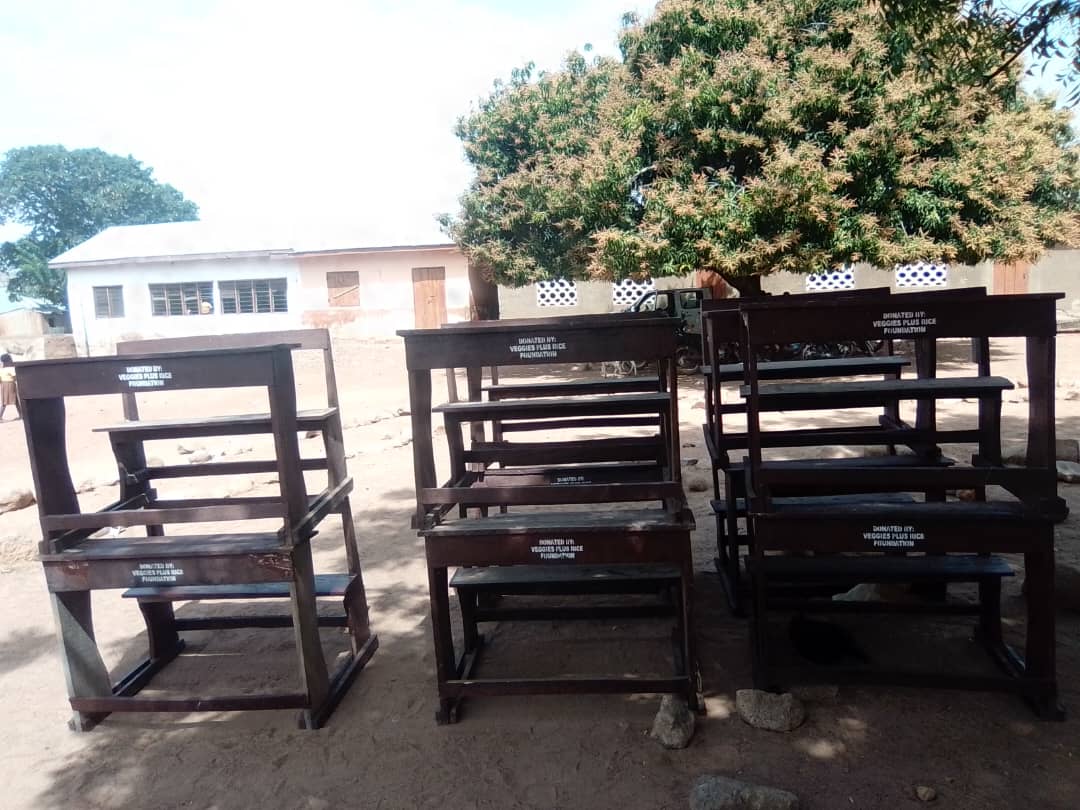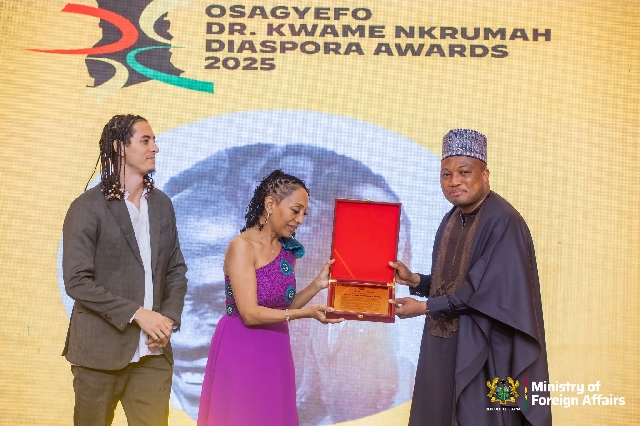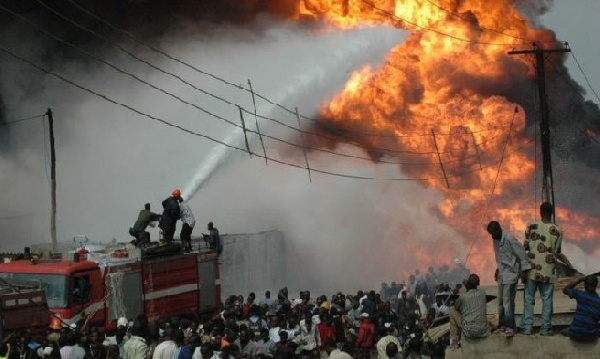| A Concept Paper
PUT TOGETHER BY THE DIOCESE OF NAVRONGO-BOLGATANGA THROUGH THE GOOD GOVERNANCE JUSTICE AND PEACE DIRECTORATE
IN COLLABORATION WITH MILLAR INSTITUTE FOR TRANSDISCIPLINARY AND DEVELOPMENT STUDIES (MITDS)
INTENDED AS A WORKING DOCUMENT TO KICK-START DIALOGUES AND DISCOURSES ON THE BAWKU CONFLICT
|
TOWARDS PEACEFUL RESOLUTION OF THE CONFLICT IN THE BAWKU ENCLAVE
FOR SUSTAINABLE DEVELOPMENT:
A Concept Paper
“Without Peace there is no Meaningful Development and without Meaningful Development there is no Future…..”
1.0 PRELUDE
This piece is put together from a Development Lens and not so much from a Governance Lens. Governance here is as relevant as it plays a key role in contemporary development; as captured in the current Decentralization Model adopted for Ghana; where Chiefs are Key Stakeholders especially at the District Assembly Level but even more so at the Unit Committee Levels (Fridy and Myers, 2019; Mensah et al., 2024; Baazeng and Dery, 2024; Kuupiel, 2024).
The various minds contacted at the preliminary phase of putting this idea to paper are concerned citizens (Elders, Chiefs, Various Fonctionnaires) who are increasingly getting worried about the amounts that is spent in ensuring that people can still live in Bawku. This concern is in tandem with concerns about the spillover effects of the disagreement into other parts of the Country, and the potential for opportunistic incursions from the neighboring Countiries – cross-border disturbances.
Leveraging on these expressed concerns and the numerous pieces of advice that was freely given; and an overwhelming need, identified by the people themselves, to have window of opportunity to meet and dialogue on the way to resolve their differences and proffering solutions to their own challenges, this paper is initiated. These silent voices that are often not heard in the open, these few citizens and the concerned actors of the north contacted, are calling for something on the table that they can all be seeing to be contributing to. Hence, or otherwise, this zero-draft position to kick-start constructive conversations is being tabled for consideration by all. The conversations might lead to immediate resolution of the Bawku situation or evolve into a roadmap to peace, or might turn out to be a white elephant/ non-starter. Not preempting the outcomes, it is part of the foreseen that the process could take a couple of months or even years; to get transformed into an acceptable product. If it fails to deliver on its intentions, posterity and history would remember us as concerned citizens of the area that made an effort to contribute to resolving the Bawku impasse.
2.0 EXPERIENCES OF THE NAVRONGO-BOLGATANGA DIOCESE
2.1 What was done over the period as regards the Bawku Conflict
Background and Context of Project
The Diocese of Navrongo-Bolgatanga through the Good Governance Justice and Peace Directorate has been engaged in peacebuilding and conflict prevention in the Diocese for a very long time. The Diocese has been contributing to peacebuilding efforts in different parts of the Diocese in a piece meal form. However, a more coherent approach was adopted when the Directorate was established in 2014 to focus on peacebuilding, conflict prevention, justice, security and humanitarian response issues. Through the Nunciature, CRS Ghana, the Diocese initiated in peacebuilding efforts in the Eastern Corridor of the Diocese (Bawku Conflict, Bunkpurugu-Yunyoo etc). With funding from MISEREOR, the directorate has been active in peacebuilding in the Corridor since 2014.
NABOCADO has undertaken the following in the Bawku Conflict
- Through the Bishop; held Dialogue sessions with the key actors in Bawku (led by Chief Samuel Bugri (Mamprusi and Chief James from Kusasi). This facilitated process culminated in the agreement of the parties to have the Okro burial and a tentative date agreed on by the parties. A budget was received by the parties requesting for support from the Diocese. While preparations were being done by the Diocese, the process was truncated by unguarded pronouncement by a prominent member from one of the parties at a programme in Garu.
- This effectively stalled the process and attempts to revive the process was unsuccessful as the Mamprusi representative was evasive and stopped responding to the invitation by the Bishop. Note that the okro burial, a traditional mediation process would have committed, traditionally, the parties in Bawku to cease fire on violence.
- Sustained Accompaniment with Community Peace Structures (Community Peace Agents/CPAs and Justice and Peace Committees/JPC): The INPEACE project funded by MISEREOR of Germany continued to engage and train 95 (65M, 30F) CPAs and 21 (16M,5F) JPCs in two districts with tools in conflict prevention and peacebuilding. The participants were refreshed with skills in dialogue, negotiation, conflict analysis, resolution and conflict sensitive planning. These skills enabled CPAs and JPCs to track conflict related incidents arising in communities and respond appropriately. They are also able to analyze the shifting power dynamics in communities including government authorities, traditional leaders and religious leaders.
- Promoting Youth-Leadership led Discussions on Social Cohesion and Peaceful Co-existence Our focus with youth in leadership in the conflict areas served to achieve two things: develop conflict resolution skills in youth and develop youth role models as entry points in institutions where some of the youth work. Fifty-two (52) youth leaders and assembly members were trained in two districts of Bunkpurugu-Nakpanduri and Yunyoo districts.
5 Promoting Young Peacebuilders through Radio and Activism-This focused on empowering young person under the School Peace Club (SPCs) model. The project provided young people with training in radio-based peace education and community mobilization for coordinated activities. Members of the SPCs have been equipped with skills to talk on peace and find common ground to co-exist in schools and communities with sharp divisions along ethnic lines.
6 Strengthening District level stakeholder engagements for Development-The INPEACE project facilitated an interfacing platform for skills development and advocacy for key local government staff and assembly members on non-violent approach to peacebuilding. The platform provided skills in conflict sensitive planning, conflict resolution and advocacy for 74 (56M,18F) key staff of District Assemblies. Three District Assemblies subsequently mainstreamed the non-violent approach into their medium terms development plans and made modest budget allocation for implementation. The Bawku Municipal Assembly was the first to mainstream non-violent peacebuilding into its MTDPs and annual plans. Similarly, the project regularly engaged the District Security Committees of two (2) Assemblies on matters relating building social cohesion on trending conflict issues and the strengthening collaboration for improved security.
7 Providing psychosocial training to support the Bawku Municipal Assembly members- the Assembly has requested NABOCADO to cascade the training to the youth, women, children.
2.2 Cost engagements of Facilitation so far
Implementation Cost (APPROVED)
| # | Name of Project | Period | Total Cost (Euro) |
| 1 | Integrated Peacebuilding for Improved Food and Nutrition Supply (pilot phase) | June 2017-May 2020 | |
| 2 | Integrated Peacebuilding for Improved Food and Nutrition Supply | June 2020-May 2023 | 238,000.00 |
| 3 | Integrated Peacebuilding for Improved Food and Nutrition Supply | June 2023-May 2027 | 290,000.00 |
2.3 Associated Challenges and Effects
- No dedicated pathway for peacebuilding/conflict prevention in the Bawku Conflict
- A lack of evidence-based model that fosters the documentation of concrete position as a tool for continued engagements.
- The local peacebuilding structures are unable to sustain peacebuilding. These structures became invisible when the conflict escalated in November 2021.
- Perceived political influences and interest in the Bawku Conflict.
- Extensive budgetary commitment by Government and various Donors to maintain peace in Bawku instead of channeling it into socio-economic development of the area.
- Social disquiet which does not auger well with cross-marriages/ inter-marriages (with children of this union being in limbo) and other social organization.
- The interruption of socio-cultural and also religious practices and performances that would have ensured social cohesion.
- Increasing Donor fatigue and the potential threats of opportunistic invasions.
- Regular interruption of social services especially schools and the mass exodus of government functionaries of the area.
- Perceived lack of hope into the future for the youth of the Bawku area.
3.0 A PROPOSED GENERIC DESIGN
With no boundaries defined, the design for discussion is presented in three parts:
3.1 SHORT TERM (THE LOWEST HANGING FRUIT) – Estimated Budget Per Anum: Ghs 150,000
Scheduled, Extensive Round-table and Other Conversations (Once Every Quarter), involving all mapped-out stakeholders on the Creation of more Paramountcies beyond the existing one: creating 4 or 5 strategic Paramountcies in the Bawku Traditional Area. In so doing the Mamprusi Interest in the enclave becomes one such Paramountcy
3.2 MEDIUM TERM – Estimated Budget Per Anum: Ghs 50,000
Instituting the Overlord Structure for the Bawku Enclave: This could be done by consensus, in rotation, or the ultimate being by a referendum (the last is the least desirable). That a one person is given an overarching coordinating responsibility over all the Paramountcies.
3.3 LONG TERM – Budget not predictable
Set the stage for gradually working into the Chieftaincy architecture of Ghana the Overlord Model based on large collectives of Paramountcies or ethnic collectivities. Where, for example, this could be discussed in the Kasena-Nakana Area, The Builsa Area and so on. However, this is not of immediate concern to this submission but an indication by way of looking at the broader picture; a major fall-out of an undesirable conflict situation.
4.0 BUDGET PER ANUM
| PERIOD | PURPOSE | AMOUNT |
| Short Term | For Various and Multiple Dialogue Meetings and related activities: Local, Regional, and National | Ghs 150,000 |
| Medium Term | For Various and Multiple Dialogue Meetings and related activities: Local, Regional, and National | Ghs 50,000 |
| Short Term | For Various and Multiple Dialogue Meetings and related activities: Local, Regional, and National | – |
5.0 REFERENCES
- Baazeng and Dery (2024), Governance, struggles, and power: Ghana’s local Governance System.
- Fridy, K. S. and Myers, M. W. (2019), Challenges to Decentralization in Ghana: Where do citizens seek assistance?
- Mensah, J. V., Essaw, D. W., Dankwah, M., Ghartey, B., and Bamfo, A. C. (2024), Three decades of decentralization Ghana: Operationalization of sub-district structures in three selected regions of Ghana
- Kuupiel (2024), Analysis of the relationship between non-state actors and sub-district structures in fostering local development.
(19TH AUGUST, 2024)
Source: Apexnewsgh.com/Ngamegbulam Chidozie Stephen
Contact: +233248250270/+233256336062 for your publications











